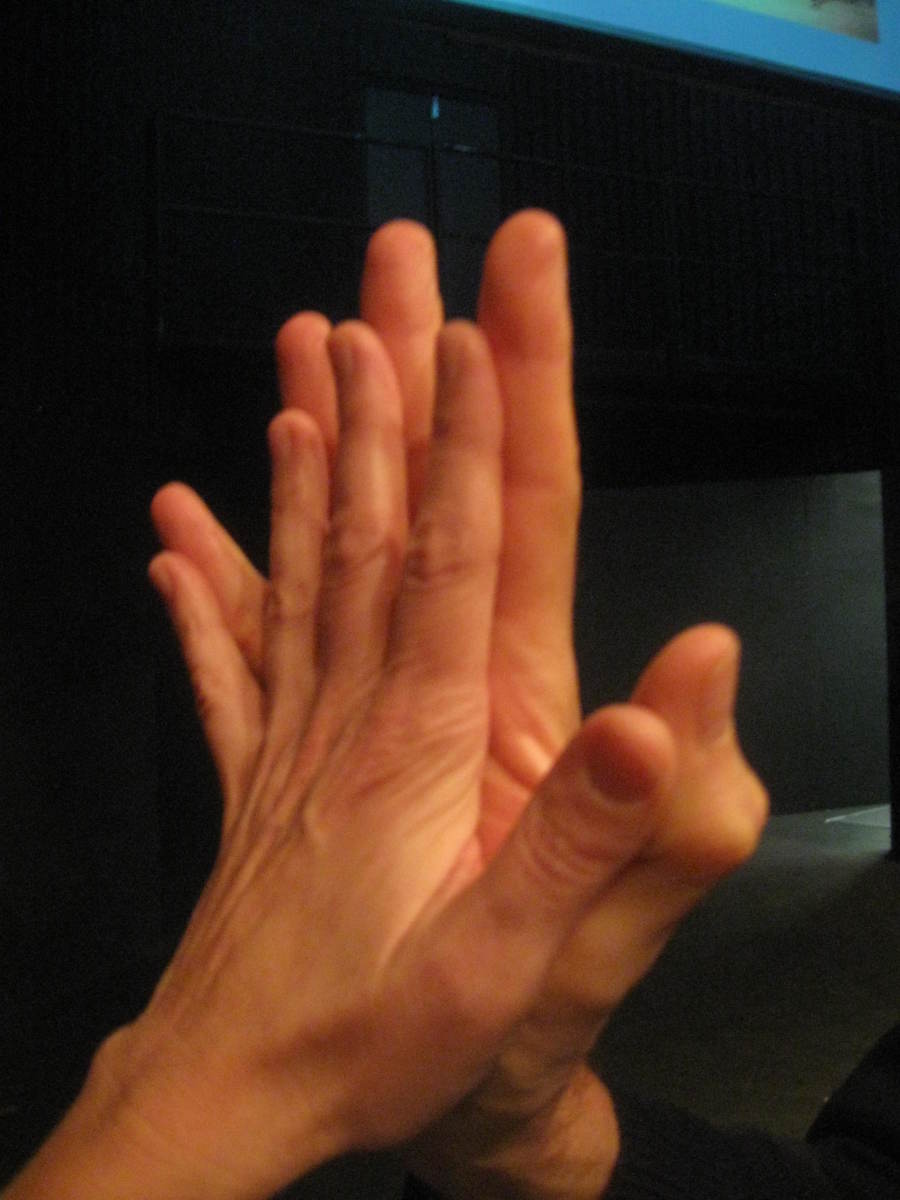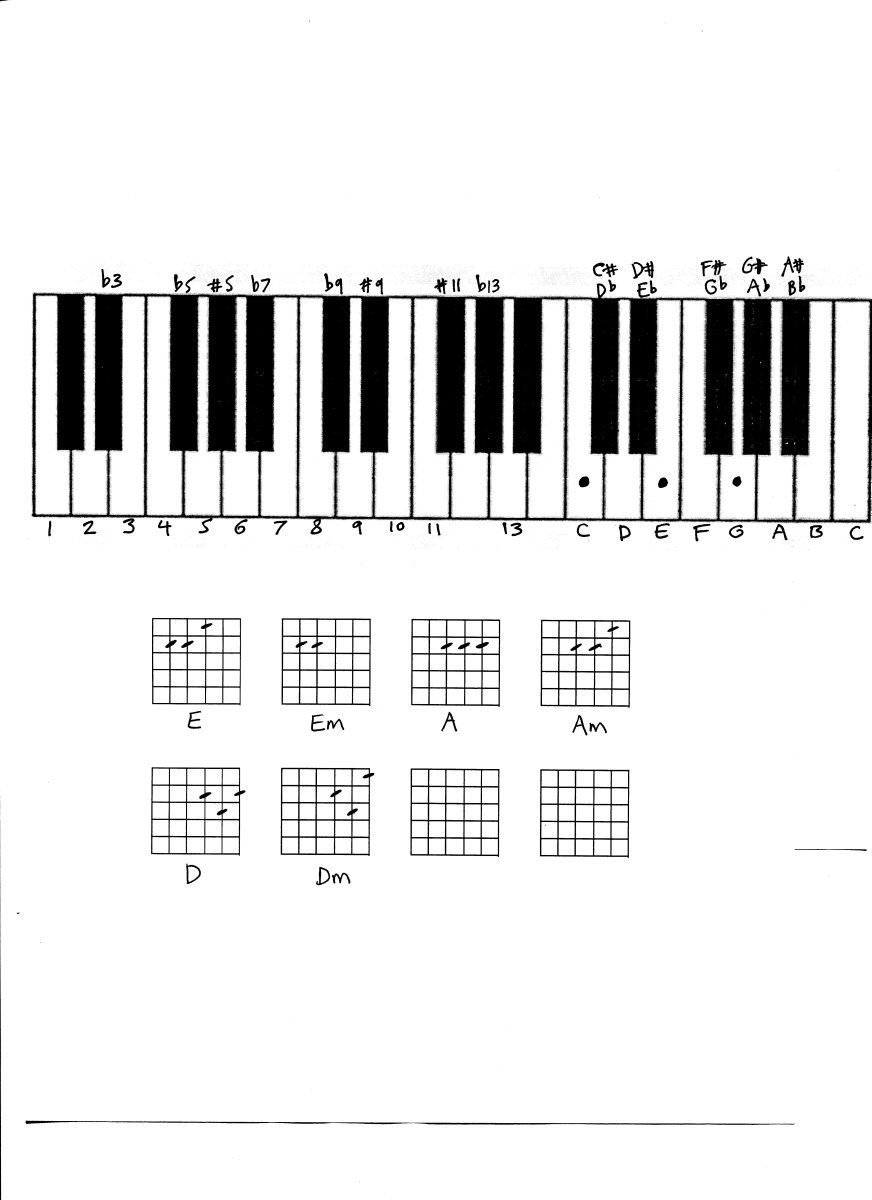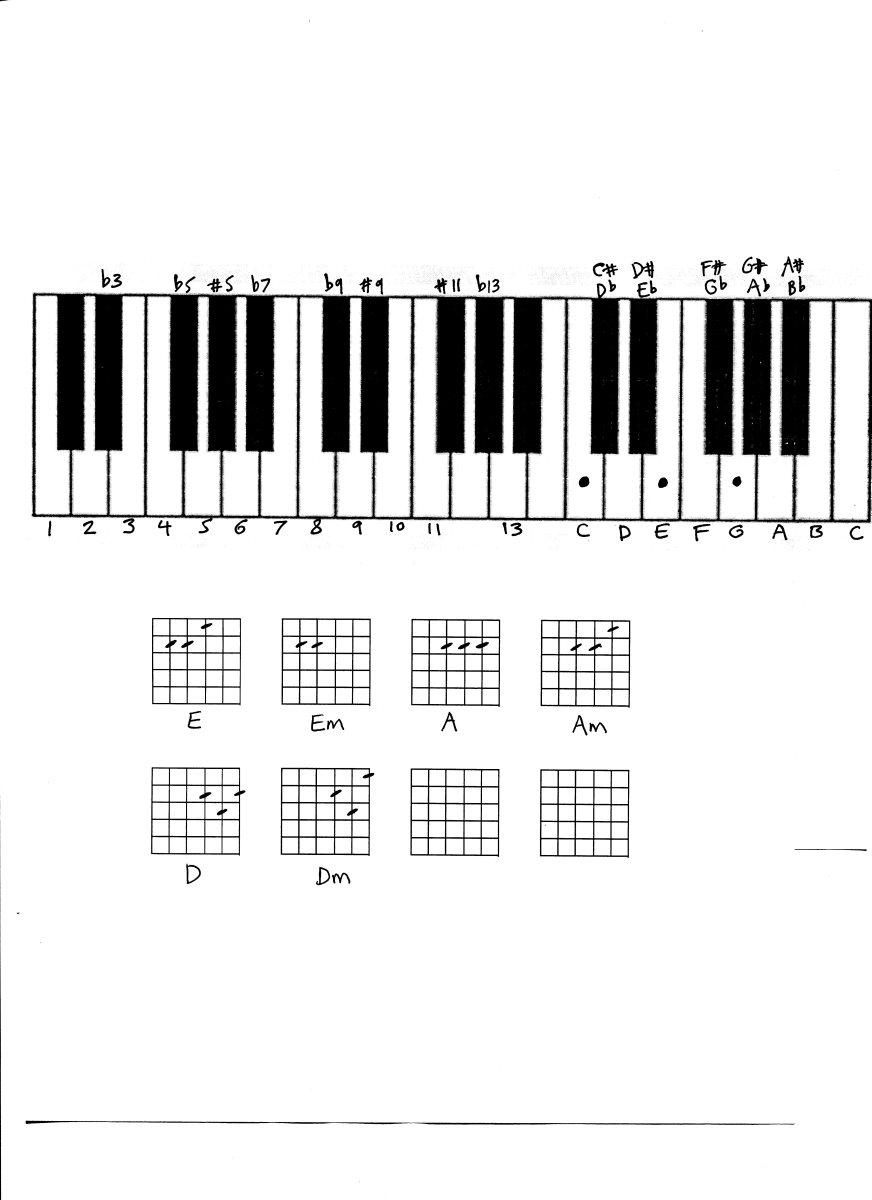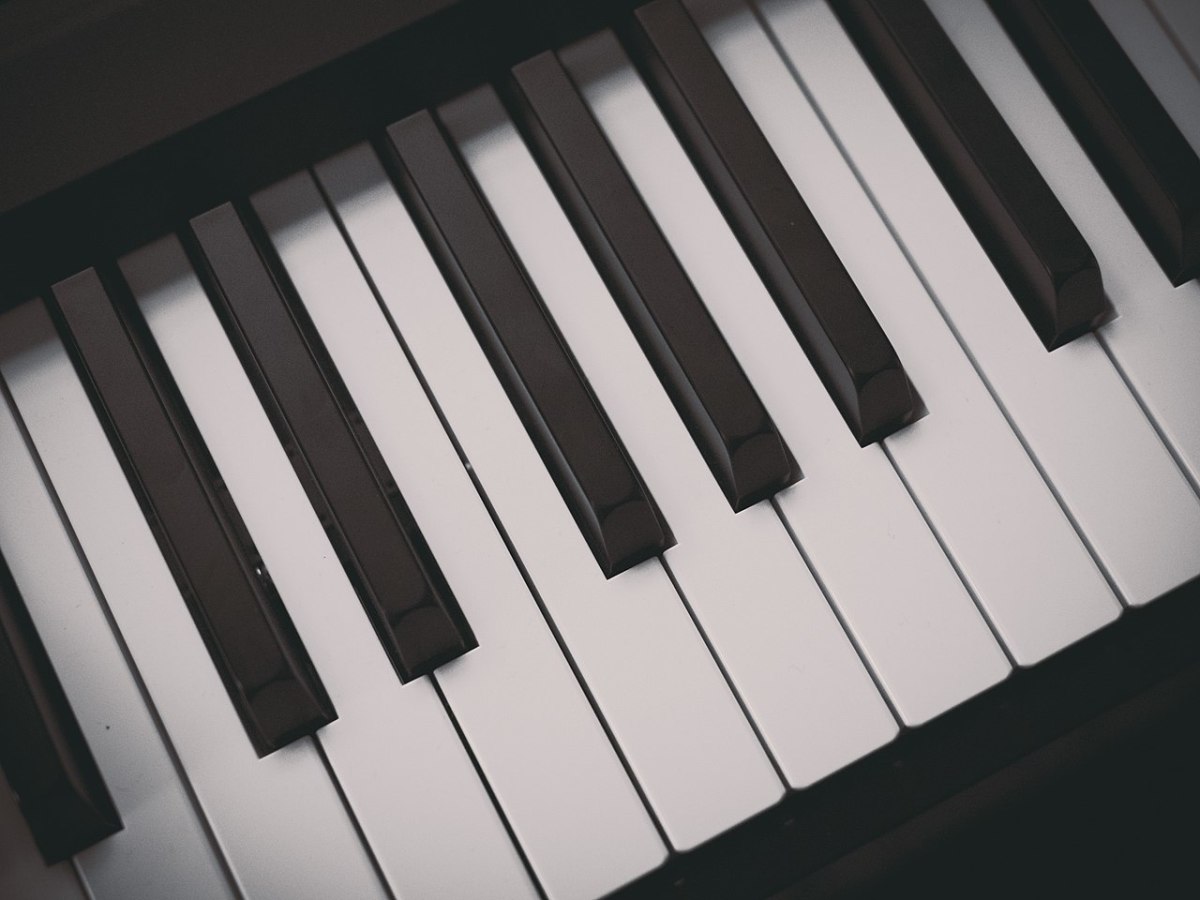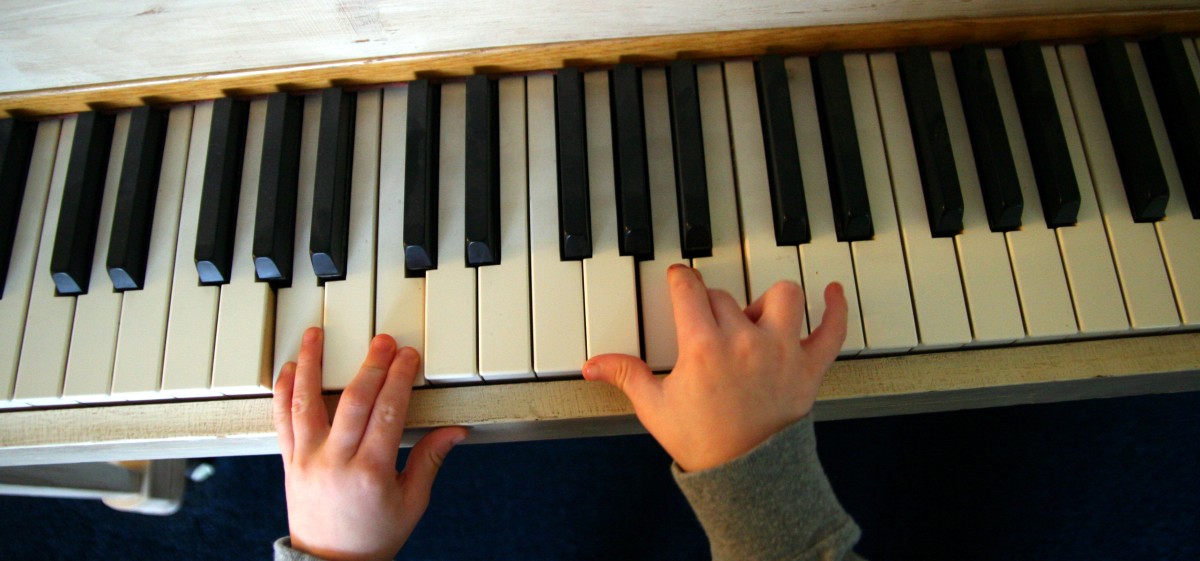Piano: Learning how to play the piano in no time

Just a little Encouragement
Piano: learning how to play the piano, it just takes a little patience and hard work. If you set your mind to it, you will be thoroughly impressed at how fast you are able to pick up playing the piano. If you stay fairly consistent and maintain an optimistic attitude, then you will be able to learn full songs by memory within just a couple months.
And if you never learn any full songs, it is still fun to play improv. All you have to do is play the notes in the same chord all over the piano and it will sound relatively good. But that is for later. Right now, let's get down to the basics of how to be an impressive piano player in just a matter of months.
This is it
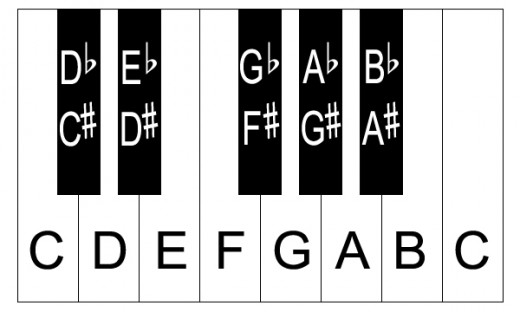
There's only 7 different notes!!
Yep there's only seven different notes. Those notes are called A, B, C, D, E, F, and G. So it's basically A through G in the alphabet. And after the G note, it starts back over on A again and continues on down the line. All the notes that I just listed are the white keys. Those keys are where most songs are usually played.
But how do you know which white key is what?? That's easy. You just have to look at the placement of the black keys in between the white notes. If you notice, the black keys are in groupings of two and three. To figure out what note you're playing, look at the key in relation to the black notes. The black notes make different sounds, but they still have the letters A-G to make it easy. Look at the picture to see what I am talking about. For example, the white note to the left (or a half a step down) from the left black note (in the grouping of two) is known as C.
By just knowing this, you can figure out what all the other notes are, and you can figure out where all the C notes are on the piano. Playing the piano can also be compared to math because you can "solve" for all the keys on the piano if you just know what one note is.
Books that will have you playing piano super fast
"Add on" Notes
If you have noticed on the picture above, the black notes are labeled with # and another sign. They are labeled this way because they have two different identifications. The # sign means that the notes are sharped, or a half a step up (basically to the right) from a white note. The other sign means that the notes are flat, or a half a step down (basically to the left) from another white note.
Also, another way of indicating that a note is flat is by labeling it with a weird looking b. I call these notes "Add on" notes because although they make different sounds, they are still labeled A-G. For example, look at the key labeled D. In order to sharp (#) a D note, you just move your finger to the black key to right of D. If you want to play D flat, just play the black note to the left of D. If you have E sharp, on the other hand, since there is no black key immediately to the right of it, E sharp (#) is basically just an F note.
You can use this terminology in order to figure out what the rest of the notes are just like a simple math problem. You may not have to know what all these notes are in order to read music, but it definitely helps. And it's too easy not to know! By the way, the last book to the right (the rock and roll one) is really good!! I have learned Let it Be by the Beatles, Hey Jude by the Beatles, American Pie by Don McLean, Beat it by Michael Jackson, Great Balls of Fire by Jerry Lee Lewis, and a couple others from that book. The book is for more advanced pianists, but whenever you get good, you need to get that book. Trust me, it's awesome!

Time to start reading Music :)
There a lot of different ways to learn how to read music faster and more efficiently, but the main thing that will keep you improving is practice. Let me start by telling you that there is a right hand section and a left hand section in sheet music. You should start out trying to play both hands at the same time because it will greatly help your learning speed in the future. But if it's too hard, don't do it. Playing the piano is all about having fun.The right hand section is the upper section, and it is labeled with what looks like a 6 wih a line down the middle of it. The left hand section is usually right below the right hand. And despite your thoughts, translating those odd circles to beautiful melody is actually pretty easy.
Right hand - "Every Good Boy Does Fine". You might have heard this phrase before. That is because it is an easy way to remember the lined notes for the right hand. The first letter of every word is a new note. To use this, start at the bottom line and move up one line with each new word. This will help you decipher between different notes. Also, the space notes spell out FACE reading from bottom to top. This trick will work for all sheet music.
Left Hand - "Good Boys Do Fine Always". That phrase stands for the lined notes for the left hand. It is the same exact thing as the right hand, except everything is shifted down two notes. And if it helps, the space notes for the left hand spell ACEG reading from bottom to top.
Now the only thing left to do is figure out what notes correspond with what keys. Basically, the easiest way to describe this would be to find the normal white E note that is in the almost exact center of the piano. That note corresponds with the bottom line of the right hand, or otherwise known as the E in "Every". Now you have made the connection between sheet music and piano keys! The last thing to know is the left hand section. Imagine a horizontal line between the right hand and the left hand. That is the middle C note. It is what I like to call the connecting note between the right and left hand sections. Eventually, you will not need to refer to that to figure out what left hand notes to play, but as for now, that is the best I can explain it.
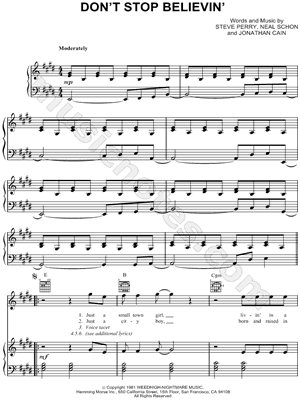
It's only just the beginning
There are all kinds of extra things like chords, trills, blues rhythm, sustain, and much others, which are necessary to know if you plan on becoming an intermiadiate to advanced pianist, but until then, the basics should get you where you need to go. Also, there are many different keys that you can play a song in (example - key of C, key of E...etc). The only thing that that affects is the number of notes that are sharped or flat. I could go on forever about different piano terms/lingo, but I don't want to overload your mind. Just go try it out. If you want to test it out right now, see if you can figure out what notes are used in "Don't Stop Believing" above. If you have any questions about piano stuff, just ask me and I'll reply back as soon as I can.
By the way, if you want to find some cool songs to play on the piano, search Youtube. There are tons of tutorials out there, but one type of learning device that I like to use is called synthesia. A fun yet challenging song that I love to play (and I learned it from the Youtube synthesia) is He's a Pirate. I found it by searching He's a Pirate sythesia. (It is the theme song from Pirates of the Carribbean.) Thank you for reading my Hub!! I hope you enjoyed it as much as I enjoyed writing it!!
Example of a Synthesia (Easy way to learn piano songs) Name=He's a Pirate (Main theme from Pirates of the Caribbean)
You Want More??
Check out some of my other Hubs!!
- http://hubpages.com/hub/Awesome_possum_Piano_Playing
- http://hubpages.com/hub/Wood-sculpture-Its-an-easy-thing
And if you found this article helpful, please remember to:
- Rate it up
- Share it with your networks and friends
- Leave a comment or question


